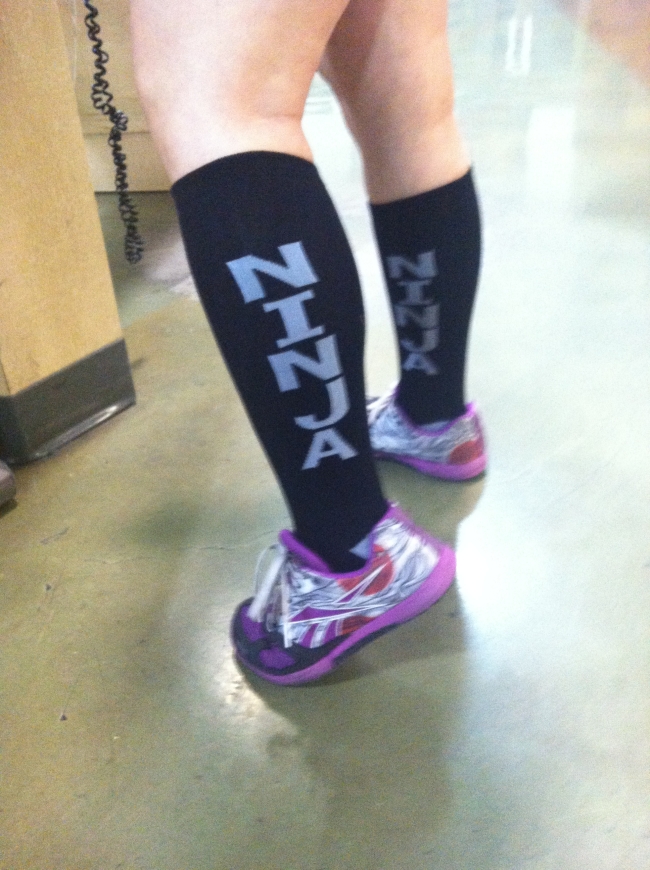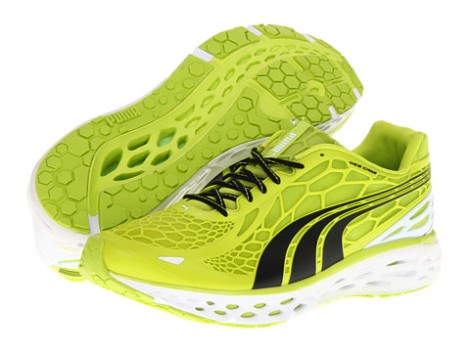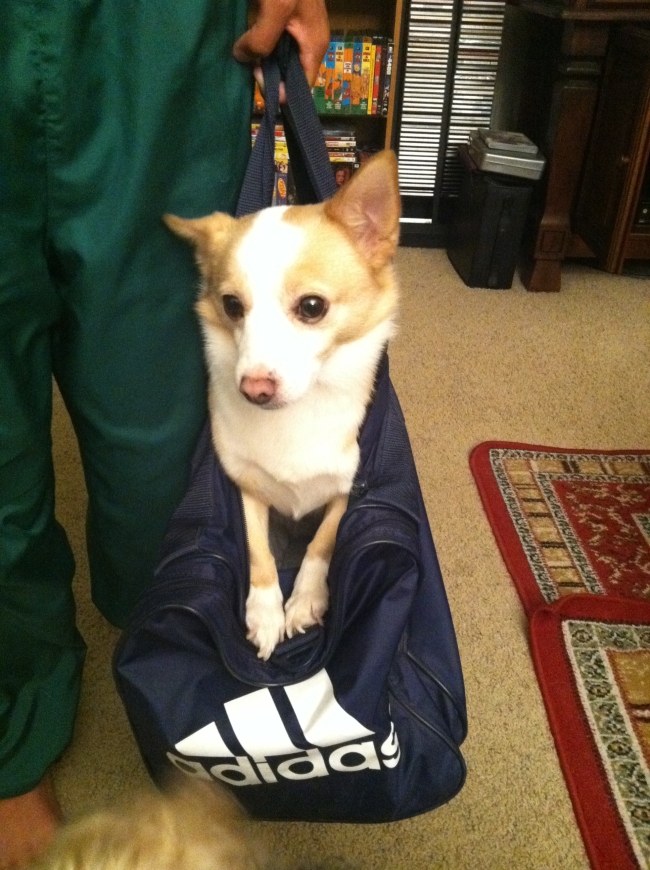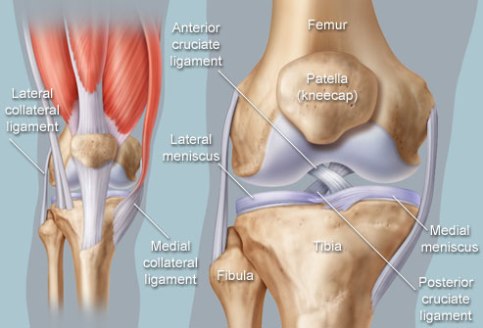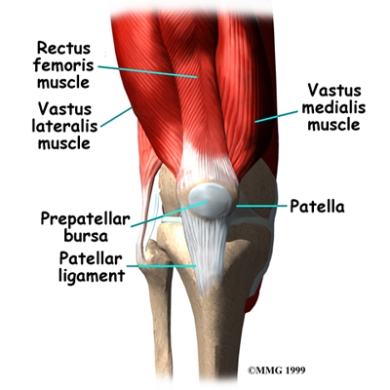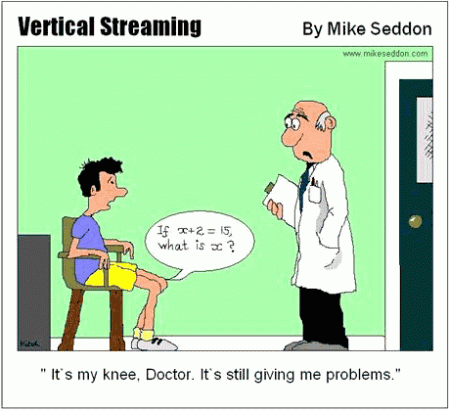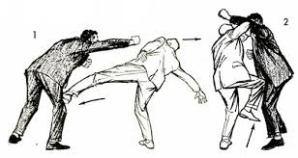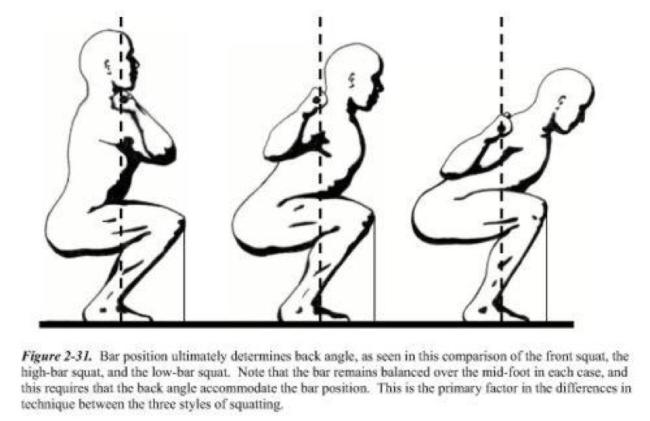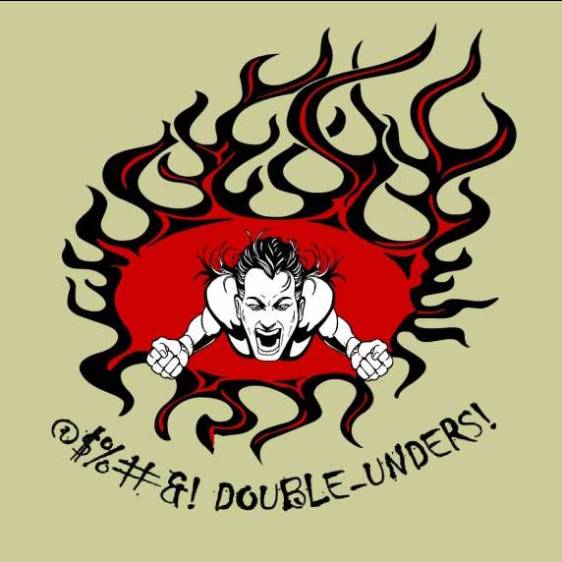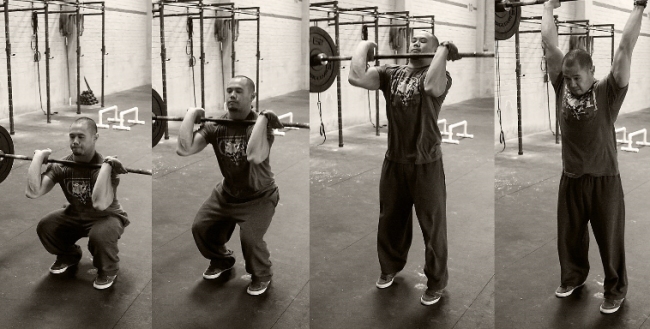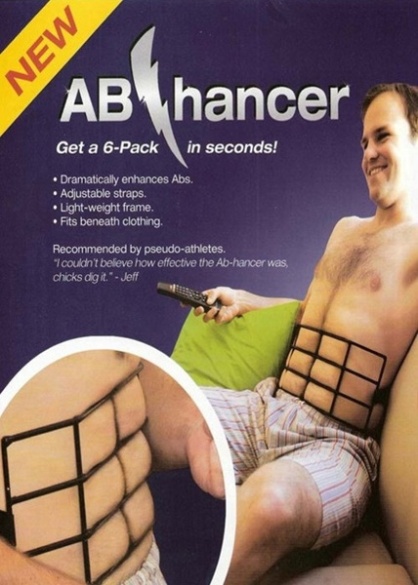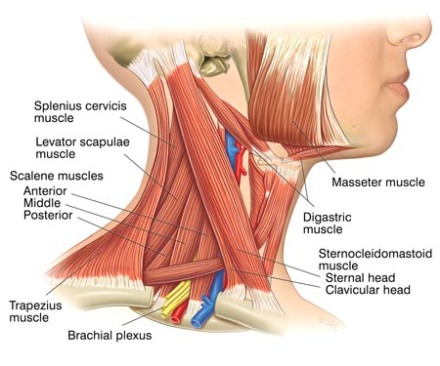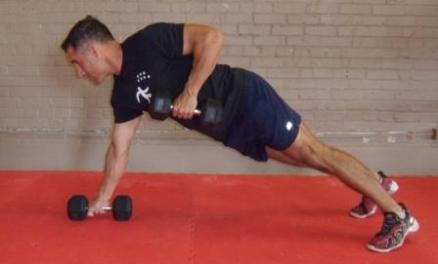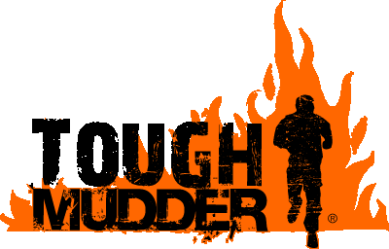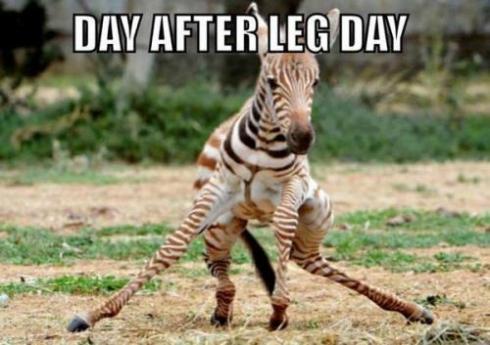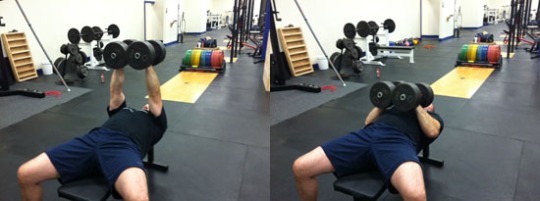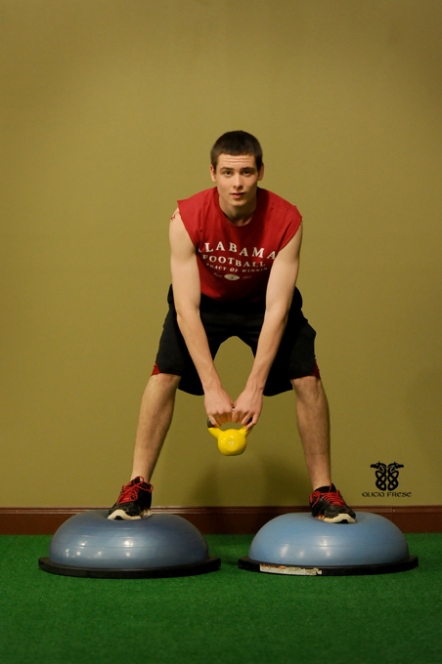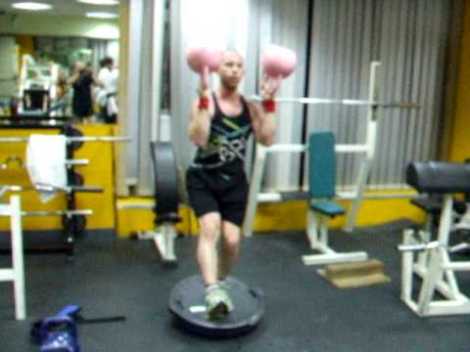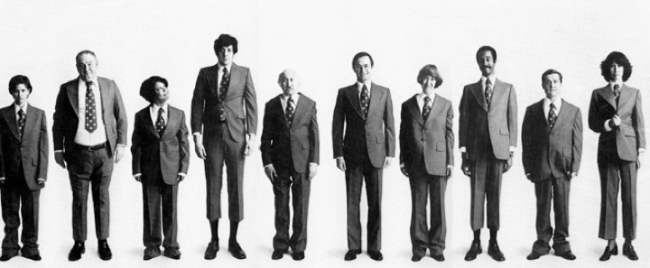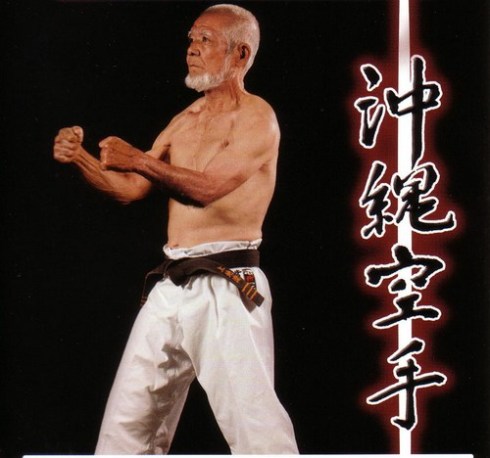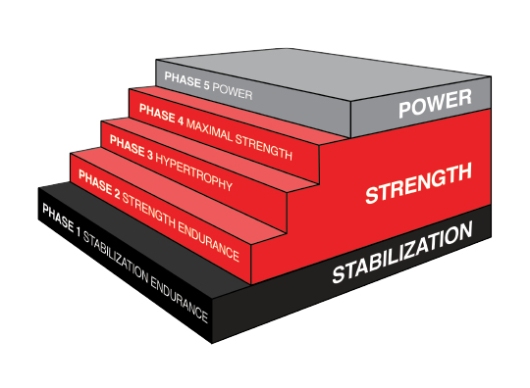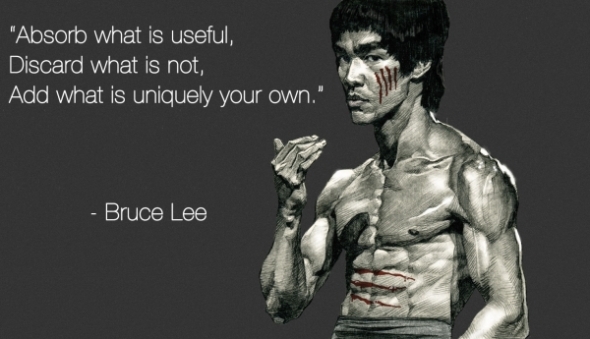A new year is fast upon us and along with it, an inevitable rush of people will flock to their nearest gym in pursuit of various fitness goals.
I work at the busiest Gold’s Gym in Las Vegas. Personally I’m hoping January 2014 isn’t this bad.
Be glad we don’t have industry yearbooks and you are part of the freshman class. This is not the dorkiest personal trainer photo….OK…yes, it IS the dorkiest personal trainer photo ever taken…anywhere….by anybody.
The first, and even second year will open your eyes. Personally, mine still continue to be opened. There are three things to be certain of in nearly all commercial gyms: (1) People Watch People (2) People Talk and (3) People Judge. I could also add… (4) Somebody will drop heavy weights around you…thinking that you’re their mom/ the maid and will pick up after them (5) You will people with technique that makes you shudder and Mercedes Benz owning chiropractors/orthopedic surgeons smile and (6) fellow trainers do things that make you wonder if maybe MyTrainerChris had the hip abductor/adductor machine all wrong.
Fact: People do things.
LIfe is a Book.
It has been said by many trainers that we learn far more on the gym floor than we ever do from any of our coursework or college classes. I would personally agree to that opinion…but I’m not giving up my books.
Read good books.
I continually seek out information and take several courses annually to improve my body of knowledge. I would recommend this to any trainer that considers this field a profession and not just a short-term gig.
Find your mentor, or even several mentors.
Find a trainer with methods you like and ask to shadow them for one of their client sessions. It’s what they do, and how they do it that you are looking to absorb,modify and make your own.
It’s not all in the books.
Little things make big differences in peoples lives. Telling the client they did great (when they actually did) or telling a fellow trainer that you liked a method or technique they used can open up many positive things.
The owner thought it looked good…that’s on him.
You are your own best advertising. But with that advice comes the following addendum:
Getting someones attention is actually pretty easy, what are you going to do to keep their attention once you’ve gotten it
Looking the part of a bodybuilder helps if you are looking to get clients that are interested in bodybuilding. This alone will not help you if the clients are looking for a performance coach, strength and conditioning specialist, senior fitness or rehabilitation trainer. Looking the part gets someones attention, your skill or lack thereof and ability to bring out the best in others will either sustain or lose said attention.
Rika sports some seriously cool socks and custom Nano’s.
Comfortable Socks and Shoes. You will be spending a large chunk of your day standing, walking around and carrying things. The difference a comfortable pair of shoes and socks can make can be immense. Side Note: Some gyms prefer you wear a predominantly black shoe, while others don’t care so long as they are clean. In my case I rotate between three different pairs (soon to be a fourth) with my personal favorites being my Puma Bioweb Elites.
A bit flashy you say?
Mackey is ready for Chest day.
Pack Smartly. I suggest the following: (1) a good book and (1-2) Healthy snacks and a spare shirt. You never know when a client will no-show/last minute cancel on you and leave you with nothing to do until your next client arrives.
We share the same facial shape and mean mug.
NEVER NEGLECT YOUR OWN FITNESS. Yes, this happens. Especially when a trainers schedule fills up and they are booked on a consistent basis. Don’t be a T.G.A.T? (That guy is a trainer?), talk the talk and walk the walk.
Smile, be available to answer questions and generally be helpful to have around.
Truth is, you are always marketing yourself. Your actions and in-actions when you’re NOT training clients is also often noted.
 Standing out among other trainers can be a dual-edged sword. In my specific case I happen to be one of the smaller male trainers at my gym, and also have the widest variety of skill sets and client diversity. One quality is readily apparent, the others only if enough attention is paid.
Standing out among other trainers can be a dual-edged sword. In my specific case I happen to be one of the smaller male trainers at my gym, and also have the widest variety of skill sets and client diversity. One quality is readily apparent, the others only if enough attention is paid.
Would I rather be known for doing one thing really well, several things fairly well, or…be known for having a variety of skills that can be integrated very effectively?
Being a trainer apart from the others. My advice in the matter is pretty straight-forward.
(1) Be prepared for your clients. Sooner or later you will get caught by surprise but having a plan in place is always a good thing.
(2) Knowledge is power, wield your power wisely.
(3) Being the smartest person in the room is not always a good thing.
(4) The coolest thing you can do as a trainer is to motivate/coach/teach your client into doing something they thought they could never accomplish on their own. That is your victory. The actual accomplishment is THEIR victory.
(5)Try puting yourself in the clients position, even if you’ve never been in that position. You might say this is impossible, but try your best.
(6) Listen to what others have to say, and be willing to entertain others opinions. If aothers viewpoint differs greatly from your own, what is the others reference vs yours? Anecdote vs Established Science? Anecdote vs. Anecdote?
(7) Your client may try to make you into their Physician, Physical Therapist, Dietician, Marriage Counselor, Psychologist, Masseuse or Butler….you are none of those people.
(8) Don’t be afraid of doing things different from other trainers. Among a current staff of 25+ trainers I am the only trainer using suspension systems, coaching CrossFit WOD’s or using the foam roller. I’m also the only one teaching the deadlift and coaching yoga postures.
Do any of those things sound inherently bad?
Do any of those things interest you? If you can apply and share your knowledge and skills with others then why not run with it?




